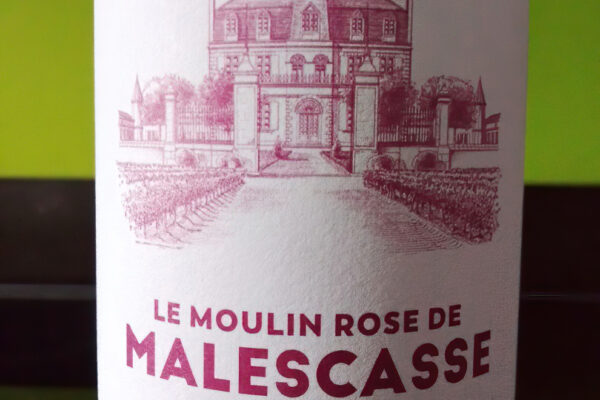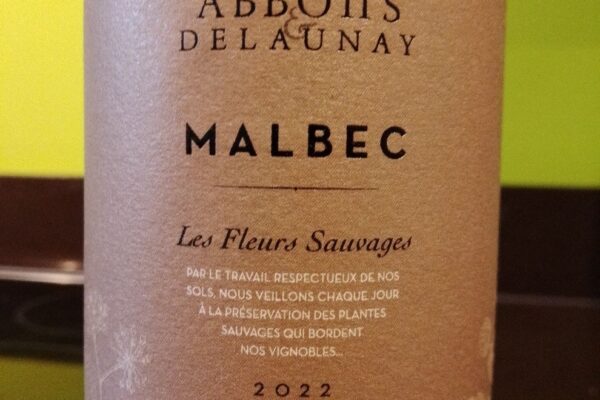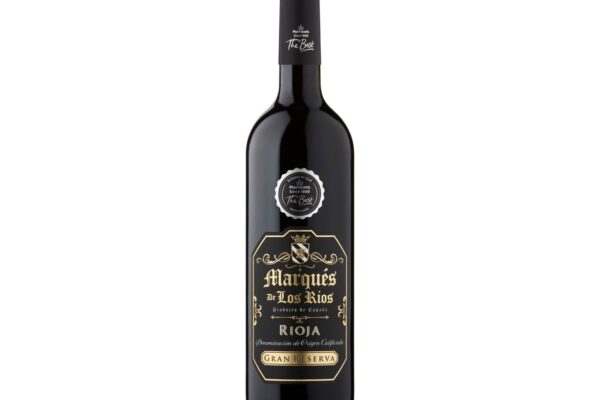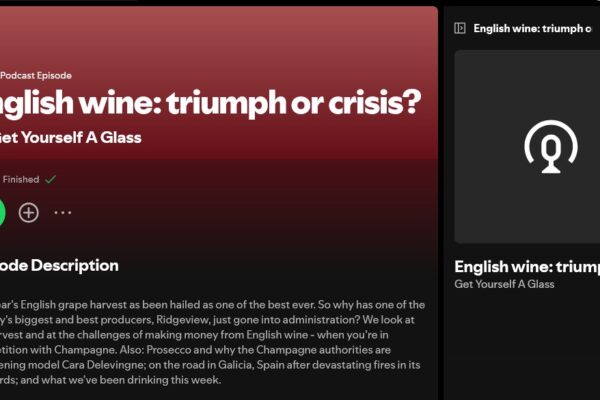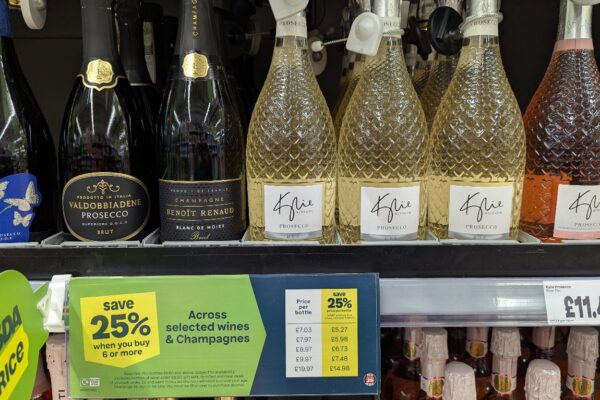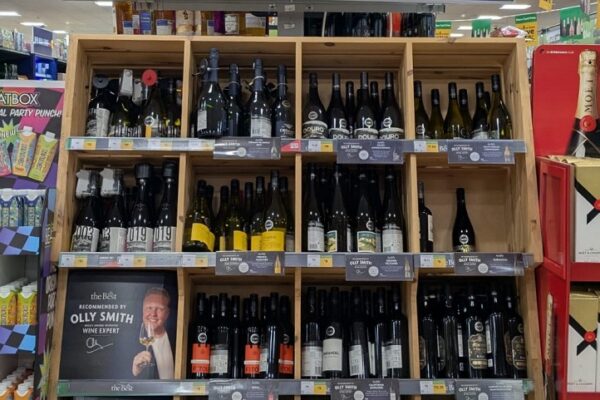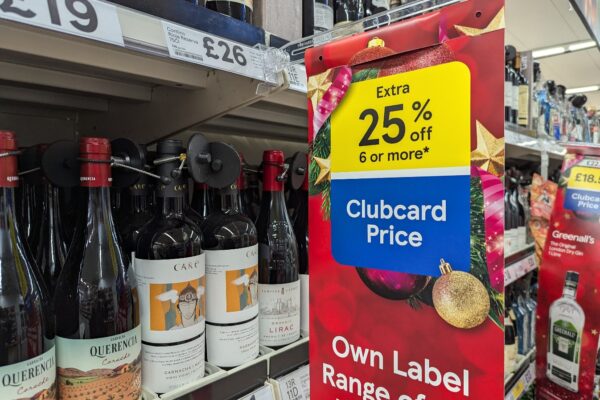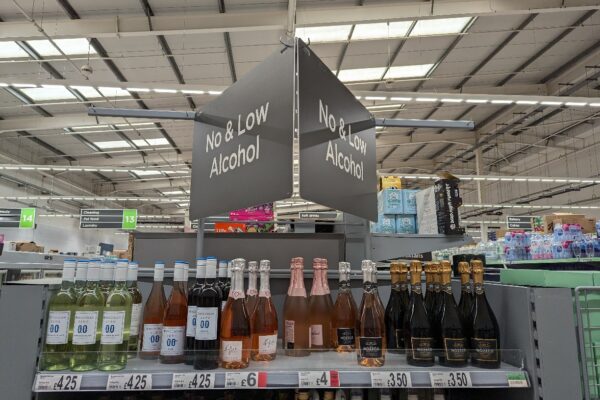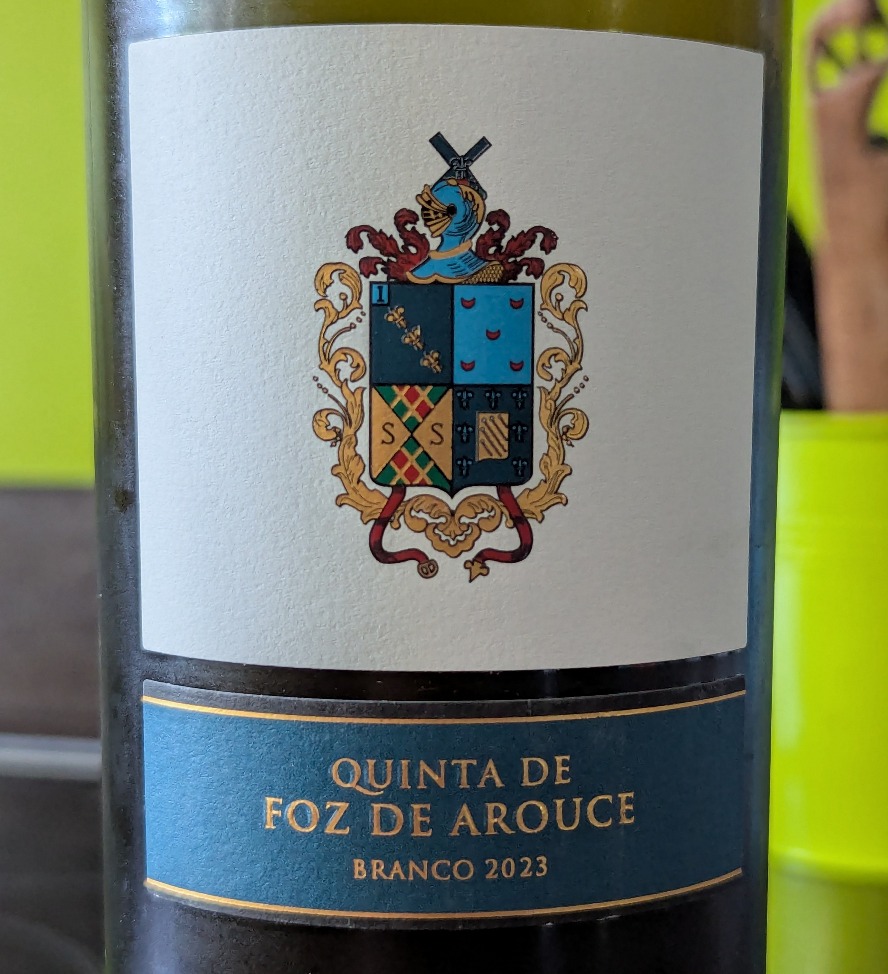
This is the companion wine to the previously reviewed red from the same estate. It originates from Portugal’s Beira Atlântico region and is produced by João Portugal Ramos, often referred to in the wine world as JPR. The vineyards are owned by the Count of Foz, who happens to be Ramos’s father-in-law.
This white is made from the Cercial grape, usually spelled Sercial when grown on Madeira. While it’s known there for producing the driest style of Madeira’s fortified wines, on the mainland it’s usually part of a blend, adding freshness and structure. It’s quite rare to find a varietal wine made purely from Cercial, making this bottle an intriguing example. The IGP classification allows for some freedom in winemaking choices, which in this case results in something different and individual.
Harvested entirely by hand, the wine is fermented in French oak barrels with lees stirring (batonnage), a process that builds texture and adds subtle complexity. It sits at 12% ABV and this is the 2023 vintage.
In the glass, the wine has a clear lemon yellow hue. Straight from the fridge, cold, it’s already appealing, with a gentle hint of oak on the nose. On tasting, it delivers tropical fruit notes, passion fruit, pineapple and coconut, balanced against a subtle oak background. As it warms, the oak influence becomes more pronounced, giving off a touch of caramel and smoky nuance, with a rounder, softer mouthfeel developing. The combination of tropical fruit and oak is different, but it works, creating a wine that’s both engaging and enjoyable.
It’s easy to imagine this pairing well with roast poultry, and it stands out as something different and worth trying. Available from Wickham Wine at £20.15.




